|
Experiential learning resources for the innovative educator
Student-led interest-based learning is the process of learners developing and leading their own learning experiences that are designed around their interests, passions, values, culture, and more. But what does student-led interest-based learning look like in a classroom learning environment? Let's take a look. What is Student-Led Interest-Based Learning? My entire teaching career has been in a student-led learning high school classroom, which in short is the task of students designing and directing their own learning experiences. Students develop learning experiences by making a series of personal choices. They might decide how to discover, process, and organize information. They might choose what to create to demonstrate learning and the presentation format. They also might choose the topic that drives that entire experience. And where does that topic typically come from? Student interests. Interest-based learning, then, is acquiring knowledge and building skills through the exploration of one's own curiosities. The entire foundation of my high school classroom was interest-based, self-directed project-based learning. My students earned their credits, met standards, and graduated with a high school degree having designed and executed the entirety of their own high school careers (with my guidance and facilitation). Why is Interest-Based Learning Important? Interest-based learning is essential for a variety of reasons. In short, when learners find meaning and purpose behind their work and behind what they're learning, they are more engaged and invested in the experience. Interest-Based Learning is Engaging Because students get to explore their own interests, they are naturally engaged and are, therefore, intrinsically motivated to learn. This cuts down on frustrating classroom management issues. When a learner is not engaged in the content or activity because it is not important, meaningful, interesting, or relevant to them, they shut down in more ways than one. Interest-Based Learning Promotes a Lifelong Passion for Learning When students are engaged, intrinsically motivated, find meaning in and are curious about what the learning experience, they have the desire to learn. They want to learn. That is HUGE. It is so rewarding to watch a student light up when they've discovered a passion. Students will carry that passion for learning into their lives, beyond the walls of the classroom, and over the course of their lifetimes. Interest-based learning encourages kids to continuously explore their passions. Interest-Based Learning is Personalized At this point in time, the best way we can serve learners is to differentiate, and interest-based learning is a great approach. We KNOW all of our students are unique with individual histories, backgrounds, home lives, needs, challenges, interests, and more. To cast an umbrella over every student and expect them to care let alone learn anything is unrealistic. Interest-Based Learning Builds Content Knowledge AND Skills Acquiring content knowledge is certainly important, but 21st-century skills are as well. Student-led interest-based learning is an excellent way to achieve both. Students learn how to self-direct, make meaningful decisions, organize and manage their time, problem-solve, critically think, find information, and more. 21st-century learning is critical today. An interest-based learning approach to preparing kids for life and learning beyond classroom walls is a must. Interest-Based Learning is Inclusive and Culturally Responsive One of the major benefits of interest-based learning is that you can be sure that the experience resonates with every individual regardless of culture and background. Students never have the feeling of not belonging in the conversation, not seeing themselves in the content because they are in the drivers seat. With interest-based learning students choose the content, and when that interest-based learning experience is self-directed, they also get to choose the direction, the approach, the perspective, and more. Interest-based learning doesn't have to be the entire curriculum. If it can be, fantastic! If you can only mix some interest-based learning in here and there right now, that's okay too. If you can, start with a genius hour. Allow students to explore a topic of interest for an hour. From there you can add a passion project or two into the session. In an ideal world, you would eventually transition to a student-led interest-based learning curriculum altogether, because that is when those benefits discussed in this post really surface. What are your experiences with interest-based learning? I'd love for you to share in the comments! Make today experiential, friend! Shop Student-Led Learning Resources Learn More About Student-Led Learning Join our experiential learning Facebook group!
Did you know there is an experiential learning Facebook group? Check that out - Experiential Learning Community for K12 Teachers - and join in the discussion about experiential learning ideas! Find us on social media! Follow Experiential Learning Depot on Pinterest, Youtube, and Instagram for more on experiential education, and check out my shop for experiential learning resources. Observe. Question. Explore. Share.
0 Comments
Your comment will be posted after it is approved.
Leave a Reply. |
Blog IntentTo provide innovative educational resources for educators, parents, and students, that go beyond lecture and worksheets. AuthorSara Segar, experiential life-science educator and advisor, curriculum writer, and mother of two. Categories
All
|
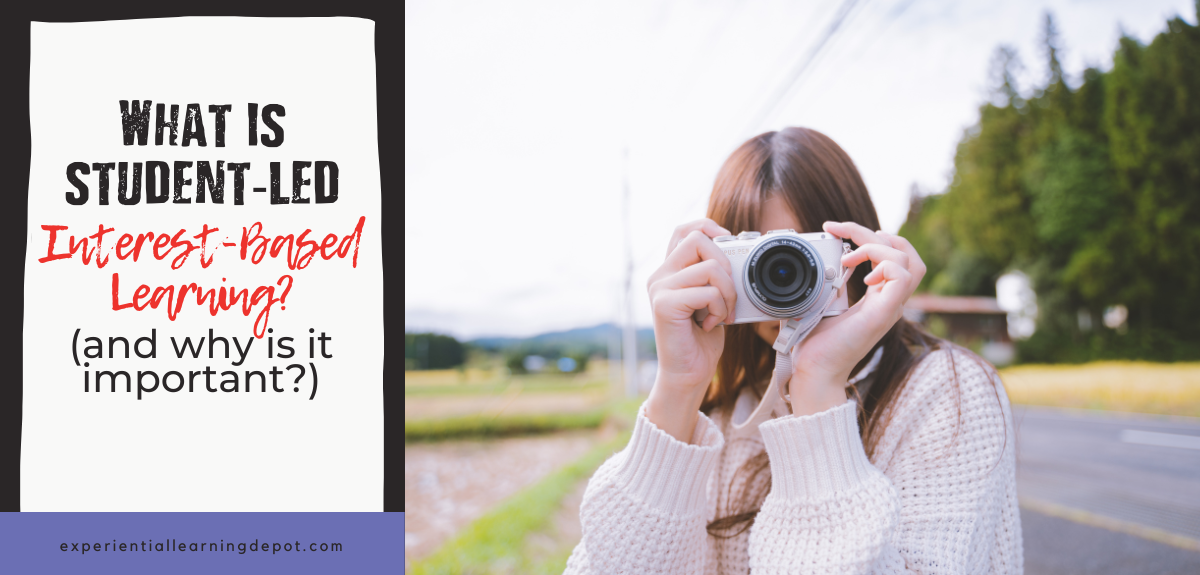
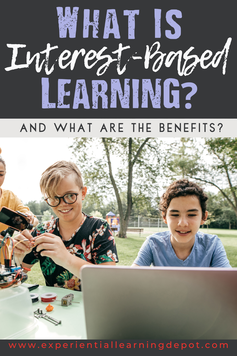
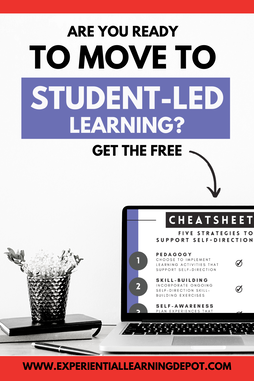
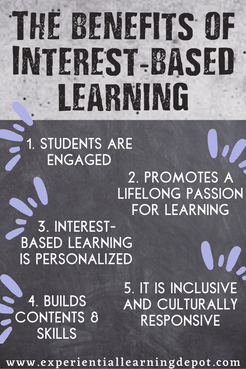
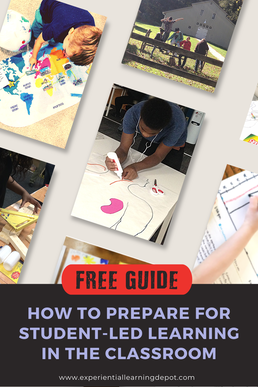
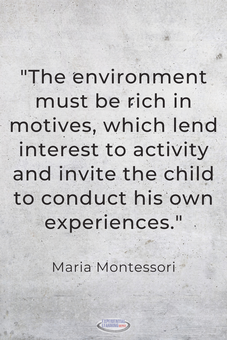
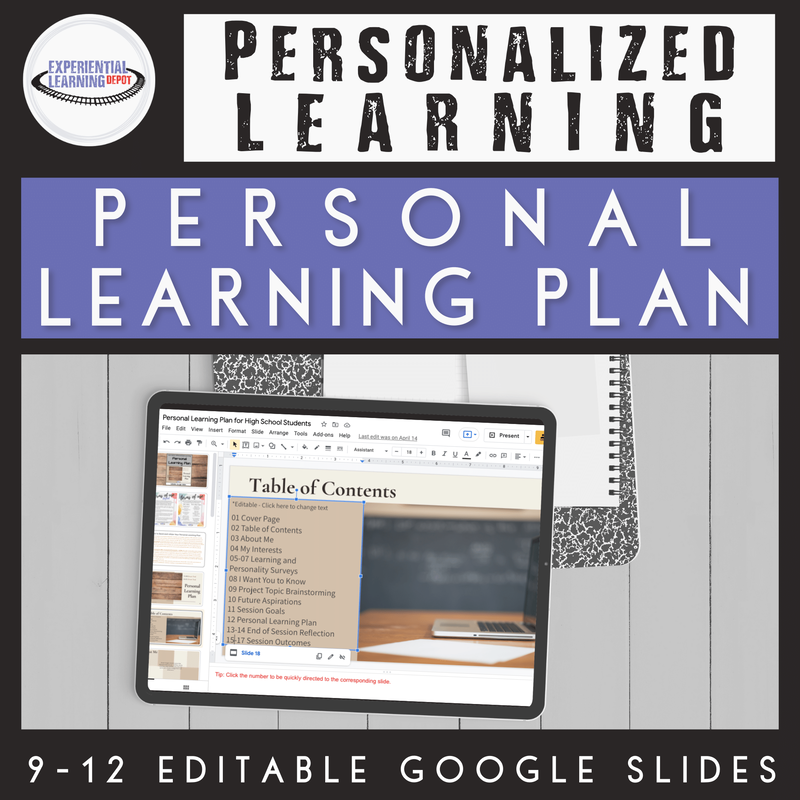
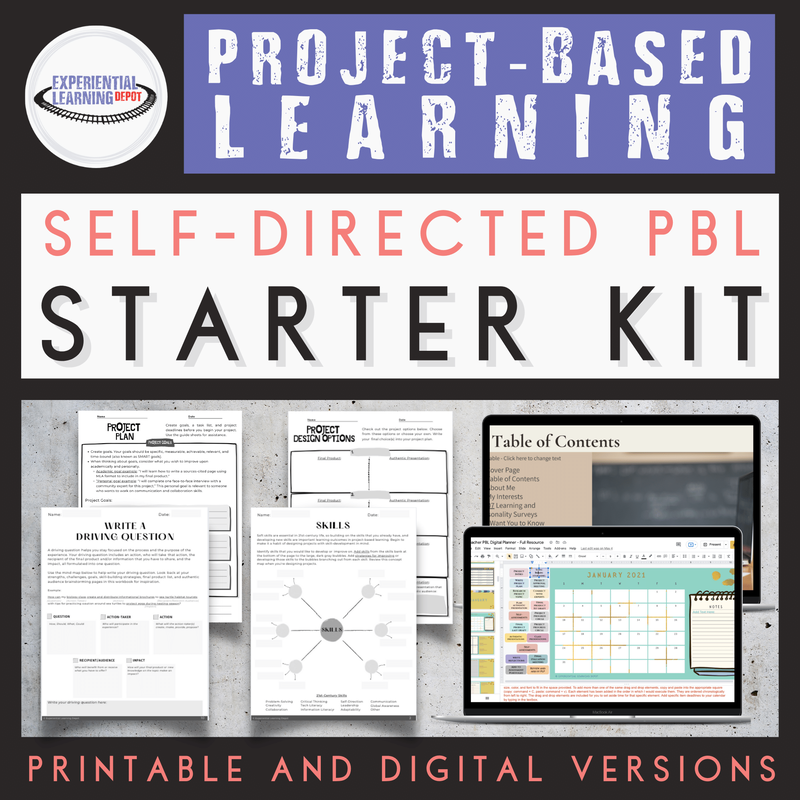
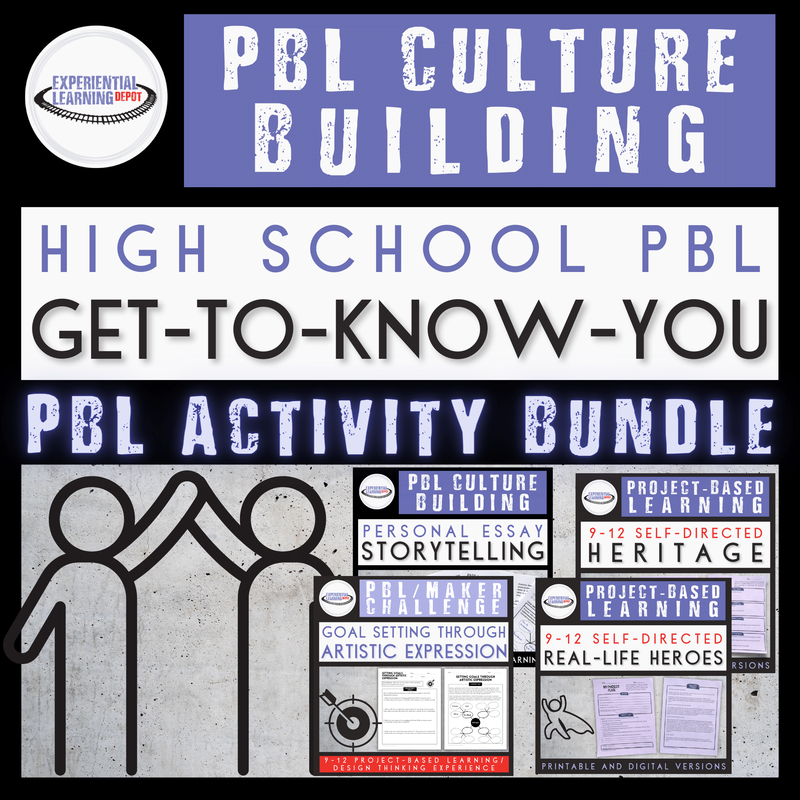

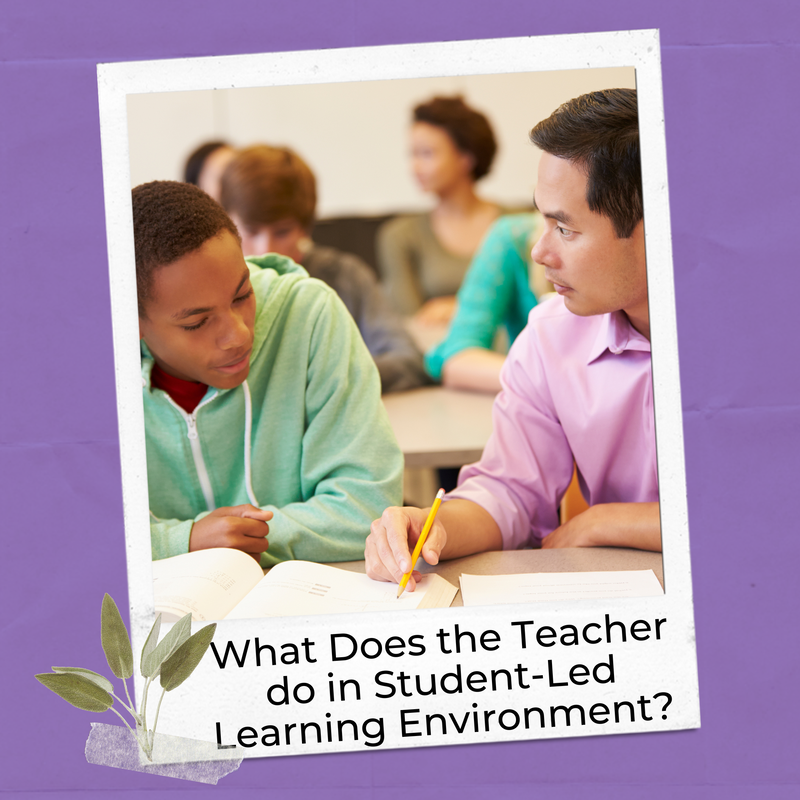
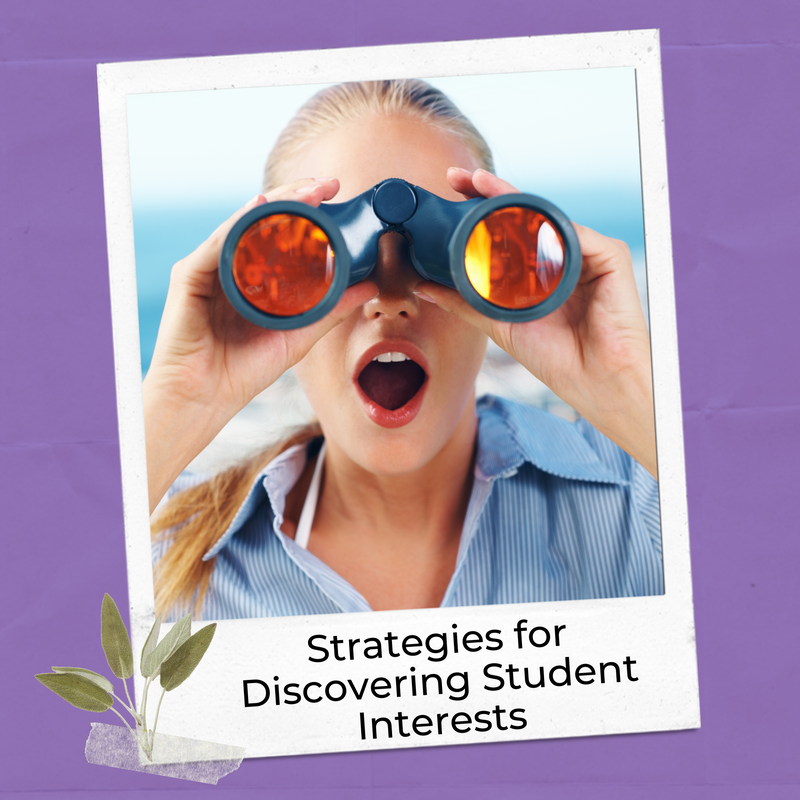


 RSS Feed
RSS Feed